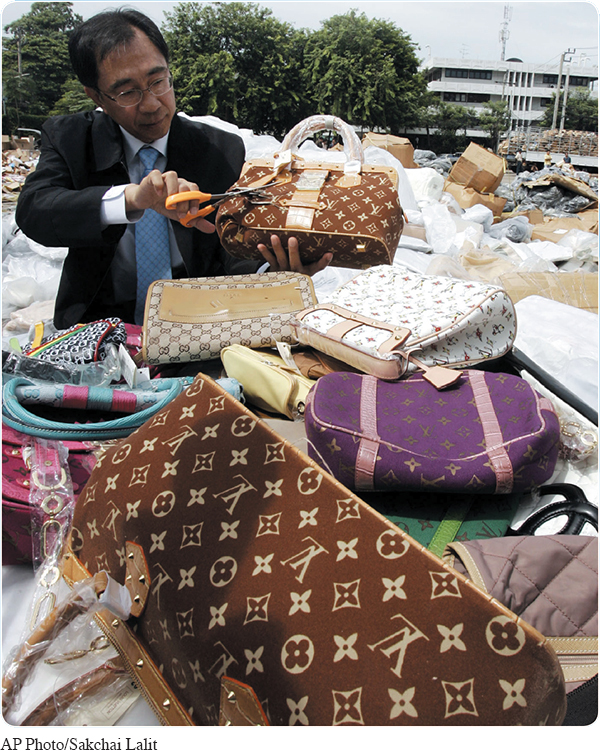Chapter 4: Writing a Rhetorical Analysis
98
See the additional resources for content and reading quizzes for this chapter.

99
AT ISSUE
Is It Ethical to Buy Counterfeit Designer Merchandise?
The demand for counterfeit designer merchandise—
Purchasing counterfeit designer goods is not a victimless crime, however. Buyers are stealing the intellectual property of legitimate businesses that, unlike the manufacturers of fakes, pay their employees fair wages and provide good working conditions. In addition, because counterfeit goods are of low quality, they do not last as long as the genuine articles. This is not a serious problem when people are buying fake watches and handbags, but it can be life threatening when the counterfeit products include pharmaceuticals, tools, baby food, or automobile parts.
Later in this chapter, you will read a rhetorical analysis of an essay that takes a position on this issue, and you will be asked to write a rhetorical analysis of your own about another essay on this topic.